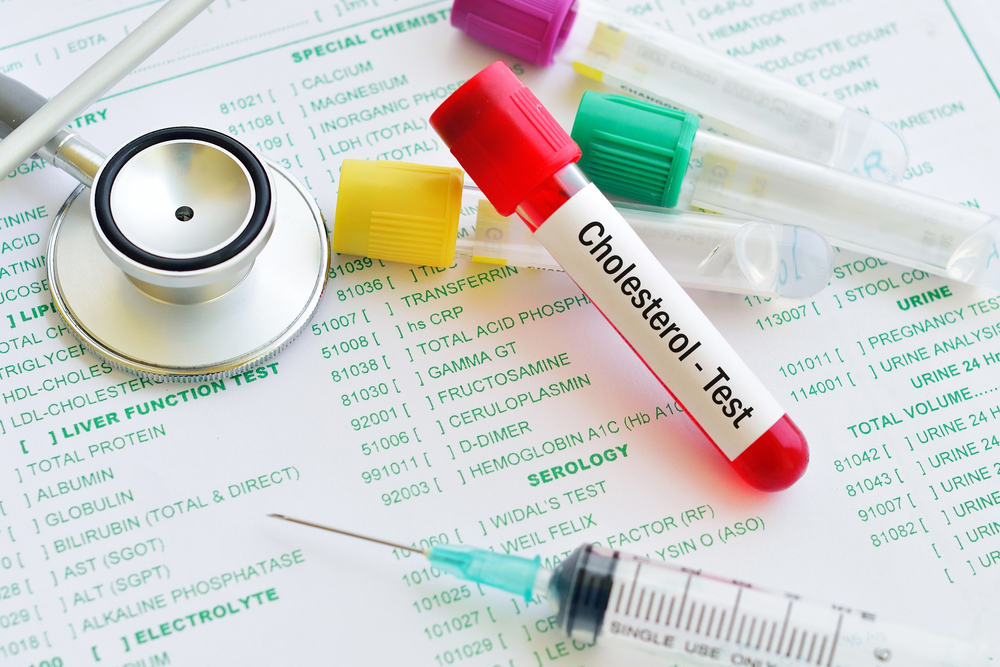
Cholesterol testing, also called lipid panel or lipid profile, is a blood test that can measure the amount of cholesterol and triglycerides in your blood. This test can help determine your risk of the buildup of plaques in your arteries that can lead to narrowed or blocked arteries throughout your body (atherosclerosis).
Usually, high cholesterol levels don’t cause any signs or symptoms. That’s why it is important to have a cholesterol test to determine if you have high cholesterol levels. These high cholesterol often are a significant risk factor for heart disease.
A complete cholesterol test includes the calculation of four types of fats (lipids) in your blood:
Who should get a cholesterol test?
Adults at average risk of developing heart disease should have their cholesterol checked every five years, beginning at age 18.
More frequent testing may be needed if your initial test results were abnormal or if you’re at higher risk of heart disease because you:
People with a history of heart attacks or stroke require regular cholesterol testing to monitor the effectiveness of their treatments.
Before the test
Before the test, you are generally required not to consume food or liquids other than water for nine to 12 hours. Some cholesterol tests don’t require fasting, so follow the instructions provided by your doctor.
During the test
A cholesterol test is usually done in the morning since you’ll need to fast for the most accurate results. Blood is drawn from a vein from your arm. Before the needle is inserted, the puncture site is cleaned with antiseptic and an elastic band is wrapped around your upper arm. This causes the veins in your arm to fill with blood.
A small amount of blood is collected into a vial or syringe. The band is then removed to restore circulation, and blood continues to flow into the vial. Once enough blood is collected, the needle is removed and the puncture site is covered with a bandage. The entire procedure will likely last a couple of minutes. It’s relatively painless.
After the test
There are no special precautions you need to take after your cholesterol test. You should be able to drive yourself home and do all your normal activities. You may want to bring a snack to eat after your cholesterol test is done, if you’ve been fasting.
Overview and FactsTypes and SymptomsDiagnosis & MedicationsOverview and Facts Acute glomerulonephritis (AGN) is a medical condition characterized by inflammation of [...]
Overview and FactsTypes and SymptomsDiagnosis & MedicationsOverview and Facts Blue baby syndrome (cyanotic heart disease) is a group of congenital [...]
Overview and FactsTypes and SymptomsDiagnosis & MedicationsOverview and Facts Basilar artery migraine, also known as basilar migraine, is a subtype [...]